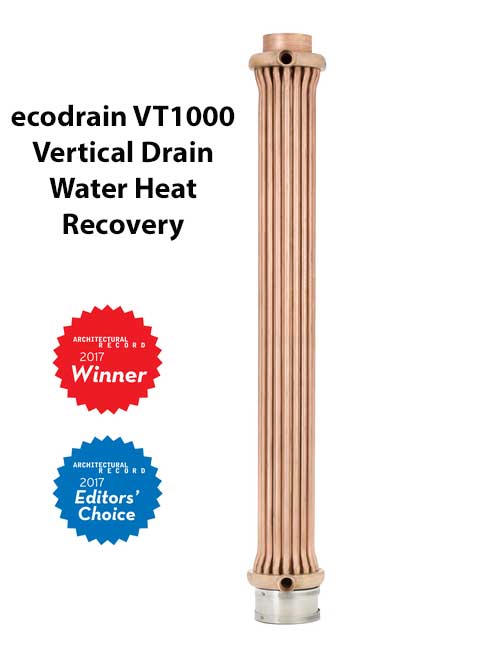Jeff Daley
New Member
Current situation: 850 sq ft, 1-story house near Seattle. I have a Rinnai tankless water heater and a Navien heating box that diverts heated water from the Rinnai into 6 smallish baseboard radiators around the house - it is a true "open loop" system and has basically failed. I'm planning to tear out the tankless and the heating box and replace with a combi boiler. All the necessary plumbing, gas lines and venting already exist. All that's needed is the purchase of the combi boiler, a few valves and expansion tank, and then installation. Depending on the model of the boiler, it's possible the exhaust ducting will need to be modified.
I've gotten a few estimates which have called for different makes of boiler (HTP, Noritz, Navien) and have researched them all, and they appear reasonably sized and of decent quality, and they all are about $2500 (civilian price). All of the estimates have indicated the job could be done in a day. Making a few charitable assumptions like 1) the installer can't get a better deal on the boiler than I could get online; 2) another $1000 in valves and other parts will be needed; and 3) it requires 20 man-hours to install the boiler - that still comes out to an hourly rate of $325 before tax. With more realistic assumptions, it will probably end up at $400/hour or more for the install.
That seems insane to me, and triple what other professionals such as plumbers and electricians in the area are charging. Can someone shed some light on why boiler installation seems to fall into the same sort of hourly rate that named partners at downtown law firms are charging? Thanks for any thoughts.
I've gotten a few estimates which have called for different makes of boiler (HTP, Noritz, Navien) and have researched them all, and they appear reasonably sized and of decent quality, and they all are about $2500 (civilian price). All of the estimates have indicated the job could be done in a day. Making a few charitable assumptions like 1) the installer can't get a better deal on the boiler than I could get online; 2) another $1000 in valves and other parts will be needed; and 3) it requires 20 man-hours to install the boiler - that still comes out to an hourly rate of $325 before tax. With more realistic assumptions, it will probably end up at $400/hour or more for the install.
That seems insane to me, and triple what other professionals such as plumbers and electricians in the area are charging. Can someone shed some light on why boiler installation seems to fall into the same sort of hourly rate that named partners at downtown law firms are charging? Thanks for any thoughts.


